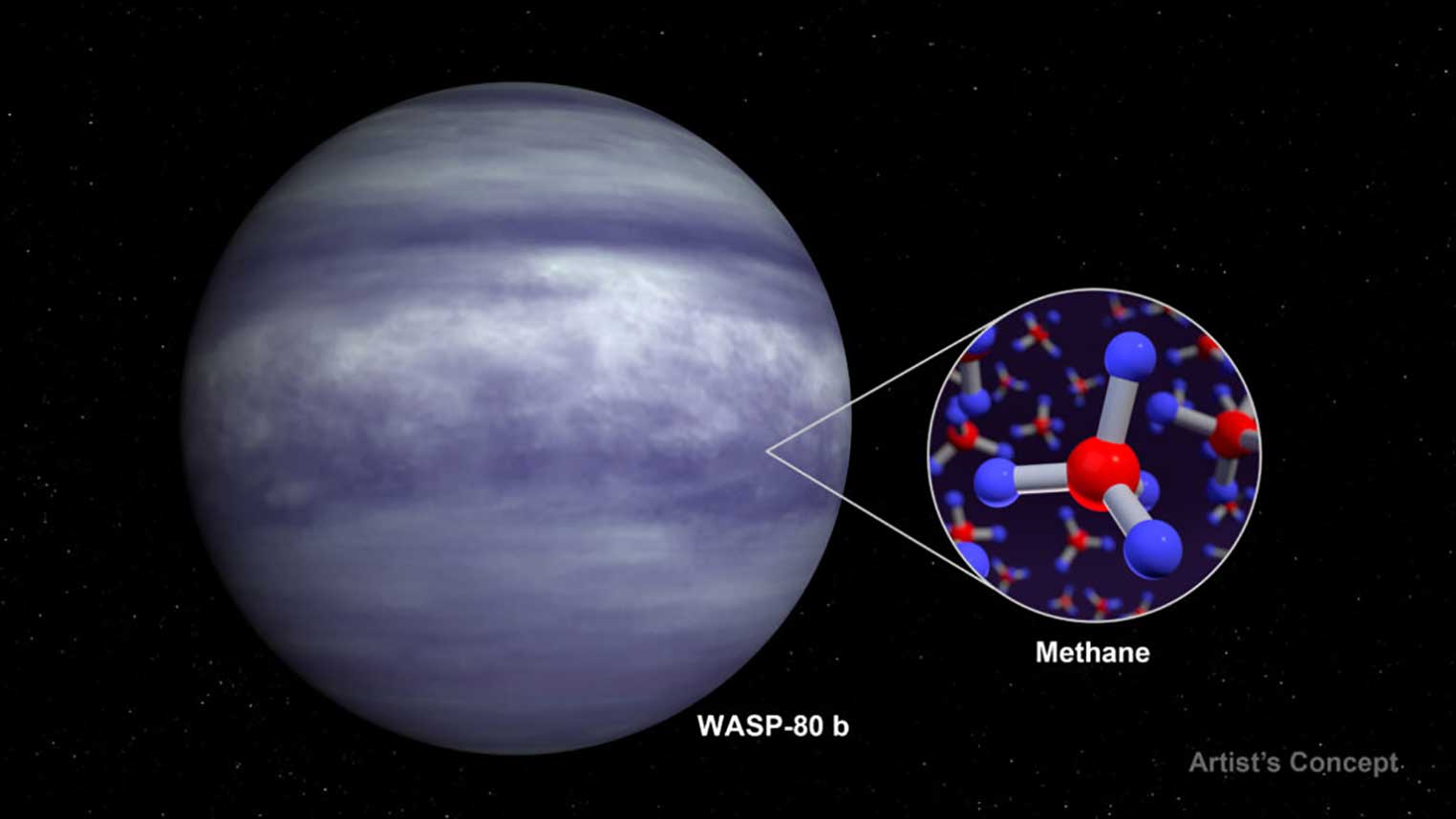Shifts in the gut microbiota of the giant panda (Ailuropoda melanoleuca) in the season when nutritious bamboo shoots become available helps the herbivorous bear gain more weight and store more fat, which may compensate for the lack of nutrients in seasons when there are only bamboo leaves to chew on, according to a new study published in the journal Cell Reports.
A male giant panda named Xiao Liwu at San Diego Zoo, California, the United States. Image credit: Sci-News.com.
“This is the first time we established a causal relationship between a panda’s gut microbiota and its phenotype,” said Dr. Guangping Huang, a researcher with the Institute of Zoology at the Chinese Academy of Sciences.
“We’ve known these pandas have a different set of gut microbiota during the shoot-eating season for a long time, and it’s very obvious that they are chubbier during this time of the year.”
Many animals experience a seasonal shift in gut bacteria as a result of changes in food availability.
For example, certain species of monkeys have different gut microbiota in summer when they get to eat fresh leaves and fruits compared with that in winter when they feed on tree bark.
A similar shift is also observed in the Hadza people, who are modern hunter-gatherers living in Tanzania, as the type of available food changes throughout the year.
Dr. Huang and colleagues have been studying wild giant pandas living in the Qinling Mountains in central China for decades.
For most time of the year, these animals feed on fibrous bamboo leaves. But during late spring and early summer, they get to enjoy newly sprouted bamboo shoots that are rich in protein.
The researchers found that these wild pandas have a significantly higher level of a bacterium called Clostridium butyricum in their gut during the shoot-eating season compared with during the leaf-eating season.
To investigate whether the change in gut microbiota could affect a panda’s metabolism, they performed a fecal transplant of panda feces collected in the wild to germ-free mice.
Then they fed the mice with a bamboo-based diet that simulated what pandas eat for 3 weeks.
They found that mice transplanted with panda feces collected during shoot-eating season gained significantly more weight and had more fat than mice transplanted with feces from leaf-eating season despite consuming the same amount of food.
Further analysis revealed that the metabolic product of Clostridium butyricum, butyrate, could upregulate the expression of a circadian rhythm gene called Per2, which increases lipid synthesis and storage.
The seasonal changes of the gut microbiota of pandas synchronize host peripheral circadian rhythm for modulating lipid metabolism.
“For endangered and vulnerable wild animals, we can’t really run tests on them directly,” Dr. Huang said.
“Our research created a mouse model for future fecal transplant experiments that can help study wild animals’ gut microbiota.”
_____
Guangping Huang et al. 2022. Seasonal shift of the gut microbiome synchronizes host peripheral circadian rhythm for physiological adaptation to a low-fat diet in the giant panda. Cell Reports 38 (3): 110203; doi: 10.1016/j.celrep.2021.110203
Note: This article have been indexed to our site. We do not claim legitimacy, ownership or copyright of any of the content above. To see the article at original source Click Here














